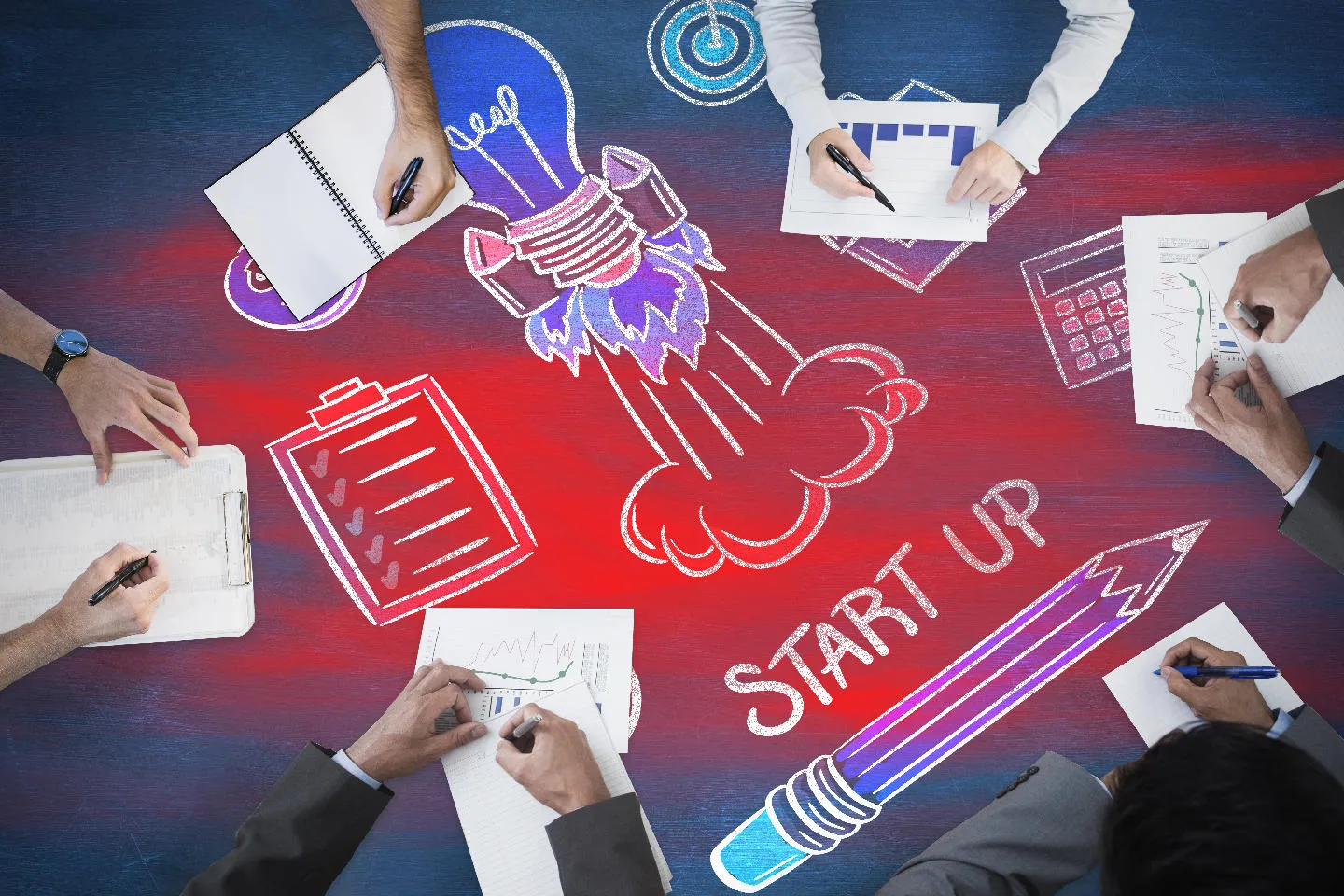
This is a Quick Way to Close the Gender Gap with Google Ads
A staggering 79% of women in APAC feel underrepresented in advertisements, according to Mediacom’s 2023 report. Despite comprising half the population, only 24% of women influencers have been featured in media over the past two decades. This glaring disparity isn’t just a social issue—it’s a missed business opportunity. Women in APAC are projected to drive $4.5 trillion in GDP growth by 2030, yet many brands fail to engage them effectively due to outdated stereotypes or incomplete data.
Google Ads offers tools to bridge this gap, from bias-free audience insights to AI-powered campaign optimization. As Mansi Khanna, Google India’s Head of Ads Marketing, notes: "When businesses ignore the invisible barriers women face, they leave a significant audience on the table."

Ⅰ. Data-Driven Strategies for Inclusion
1. Bias-Free Audience Insights
Traditional marketing datasets frequently fail to capture nuanced behavioral patterns among women, leading to skewed strategies. Google Ads’ demographic segmentation tools address this gap by delivering real-time, gender-disaggregated analytics, empowering brands to:
- Pinpoint underserved audiences (e.g., women aged 40+ in financial services, who exhibit 23% higher purchase intent but receive 35% fewer targeted ads).
- Quantify engagement disparities, such as women’s 27% higher CTR on mobile video ads or their preference for Google Display Ads’s visually rich formats.
Case Study: Google India’s #BolneSeSabHoga
- Challenge: Literacy barriers left women 41% less likely to use mobile internet, limiting their access to digital services.
- Solution: Leveraging Google Ads’ Voice Search optimization, the campaign demonstrated how verbal queries could bypass text-based barriers.
- Result: 150K+ social engagements and a 19% surge in Voice Search adoption among women, validated by Google’s attribution reporting tools.
2. AI-Powered Targeting for Equity
Google Ads’ machine learning (e.g., Video Reach Campaigns and Performance Max) dynamically optimizes inclusivity by:
- Prioritizing underrepresented segments, such as women in STEM, through predictive audience modeling.
- Auto-adjusting bids to ensure gender-balanced impression share, reducing bias in ad delivery algorithms.
Example: HSBC’s Video Action Campaigns
- Strategy: Used Google Ads’ AI-driven creatives to personalize investment content for millennial women, aligning with their 2.4x higher engagement with financial literacy videos.
- Outcome: 32% growth in new female clients, tracked via Google’s conversion lift measurement.

Ⅱ. Authentic Representation in Creative Campaigns
1. Amplifying Women’s Voices Through Strategic Partnerships
Mediacom’s research underscores that women are 3x more likely to engage with products endorsed by gender-aligned influencers. Google Ads facilitates this through:
- YouTube BrandConnect: A dedicated platform for brands to collaborate with diverse female creators (e.g., Vietnam’s gaming influencer Misthy or finance expert Andrea Angeles), ensuring authentic representation. Campaigns leveraging this tool see 28% higher engagement rates compared to traditional influencer partnerships.
- Content Co-Creation Frameworks: For instance, FWD Life Philippines’ Pinoy Money Master game show, powered by Google Video Reach Campaigns, featured women demystifying financial literacy. The campaign achieved a 40% boost in brand trust among female audiences, with conversions tracked via Google Ads’ attribution modeling.
2. Data-Backed Creative Storytelling
- Casetify’s Artist Spotlight: By showcasing female artists upcycling phone cases through YouTube ads and Google Display Ads, the brand generated 57M views and a 76% surge in search impressions. The campaign’s success was driven by Google Ads’ demographic segmentation, which prioritized female-dominated age groups (18–34) with tailored creatives.
- Format Optimization: Combining YouTube Shorts (for Gen Z’s snackable content preferences) and long-form videos (for deeper storytelling) increased reach by 61%, as measured by Google Ads’ cross-format performance reports.
Topkee enhances these collaborations with AI-driven creative production, tailoring visuals and narratives to resonate with female audiences while optimizing ad performance through TTO attribution tools.

Ⅲ. Empowering Women Marketers
1. Upskilling Initiatives
While APAC’s digital economy thrives, a mere 5% of women in Singapore express confidence in digital marketing (She Loves Data). Google Ads combats this disparity through scalable upskilling programs:
- Google Career Certificates: Offers self-paced courses in Google Ads automation, audience targeting, and AI-driven campaign optimization. In Australia, 10K scholarships prioritized women in tech, with graduates reporting 2.3x higher job placement rates.
- DigiPivot (India): This free virtual program, co-developed with Google Ads experts, trained 400 women in 6 months. Participants mastered Performance Max campaigns and demographic segmentation, resulting in 67% transitioning to digital roles at companies like Unilever and Nykaa.
2. Addressing "Time Poverty"
With APAC women spending 4x more time on caregiving than men (ILO), Google’s flexible learning solutions bridge the gap:
- YouTube Creator Academy: Teaches women to monetize content through YouTube ads and Google Display Ads, with bite-sized modules accessible via mobile.
- Google Ads Skillshop: Micro-courses on Smart Bidding and responsive search ads enable skill-building during fragmented time slots, proven to increase confidence by 89% among working mothers.Google performance max ads tools provide real-time feedback on campaign performance, enabling learners to refine strategies without time-intensive manual reviews.
Conclusion
The path to gender-inclusive marketing begins with leveraging Google Ads' data-driven tools to identify and address systemic blind spots—from uncovering underserved female audiences through demographic segmentation to optimizing campaigns with AI-powered insights like Performance Max. Authentic representation, as demonstrated by #BolneSeSabHoga’s 19% surge in Voice Search adoption among women, proves that culturally nuanced creatives directly enhance ROI. Equally critical is investing in women marketers via scalable upskilling programs like Google Career Certificates, which bridge competence gaps while addressing time poverty through mobile-accessible training.
Appendix
- The triple-threat platform behind the marketing success of Hong Kong brands
- Invisible no more: How brands in APAC may unknowingly overlook women and 3 ways to change that
- From lag to leapfrog: The AI roadmap for financial marketing success
You might also like

AI Optimization Challenge: Boost Your Google Ads
Unlock the potential of AI for superior Google Ads campaigns.

Retailers' Way to Optimize Google Ads
Enhance lead quality and conversion efficiency with AI-driven Google Ads strategies.

Discover How to Easily Build Brand Loyalty with Google Ads
Leverage Google Ads for Transformative Customer Engagement